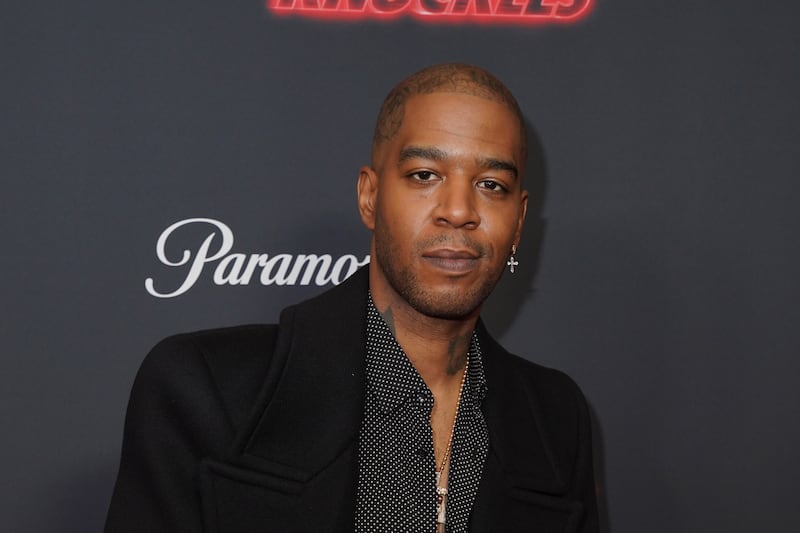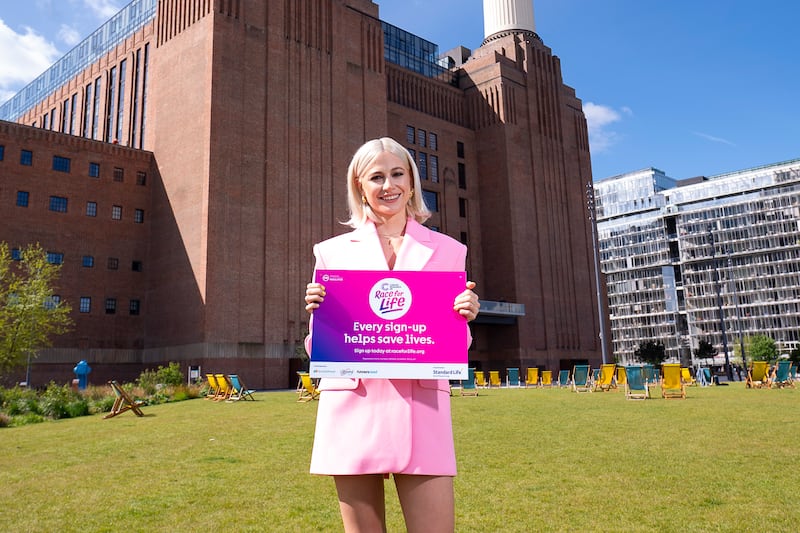Mariah Carey has revealed she is living with bipolar disorder, which can cause moods to swing from one extreme to another.
Here are some key questions answered about the condition.
– What is bipolar?
People with the condition experience episodes of depression, when they feel low and lethargic, and periods of mania, when they may feel overactive and very high, according to the NHS.
Unlike normal mood swings, these episodes can last for several weeks and sometimes longer.
– What is mania?
Those who have a manic phase can feel happy and energetic, may talk quickly, become annoyed easily and not feel like eating or sleeping.
Some people become very creative, while others may experience symptoms of psychosis such as seeing or hearing things that are not there.
– What is type two bipolar disorder?
Singer Carey told celebrity magazine People that she has type two bipolar, a mixture of manic and depressive episodes.
Type one is diagnosed when someone mainly experiences mania, with some or no periods of depression.
A third type called Cyclothymia is diagnosed in those who have both manic and depressive episodes, but with less severe symptoms.
Bipolar disorder is a mental health problem lots of us have heard of, but not everyone understands. Listen to three people share what it’s like in their own words. More info > https://t.co/tsOY5fAaYR #WorldBipolarDay pic.twitter.com/geYvbZk9iY
— Mind (@MindCharity) March 30, 2018
– What causes bipolar?
While the exact cause is not known, it has been suggested that severe stress and life-changing events can trigger the disorder, as well as genetic and chemical influences.
– How many people are affected?
Around one in every 100 adults has bipolar disorder at some point in their life, according to the Royal College of Psychiatrists.
Some people may experience a small number of bipolar episodes, while others have many.
It usually develops between the ages of 15 and 19 and rarely appears for the first time in over 40s, the NHS said.
– What treatments are available?
Medication to prevent episodes of mania and depression, known as mood stabilisers, can be taken on a long-term basis.
Drugs can also be prescribed to treat the symptoms as and when they occur.
Some people also find psychological treatment and changes to their lifestyle can help them manage the disorder.








